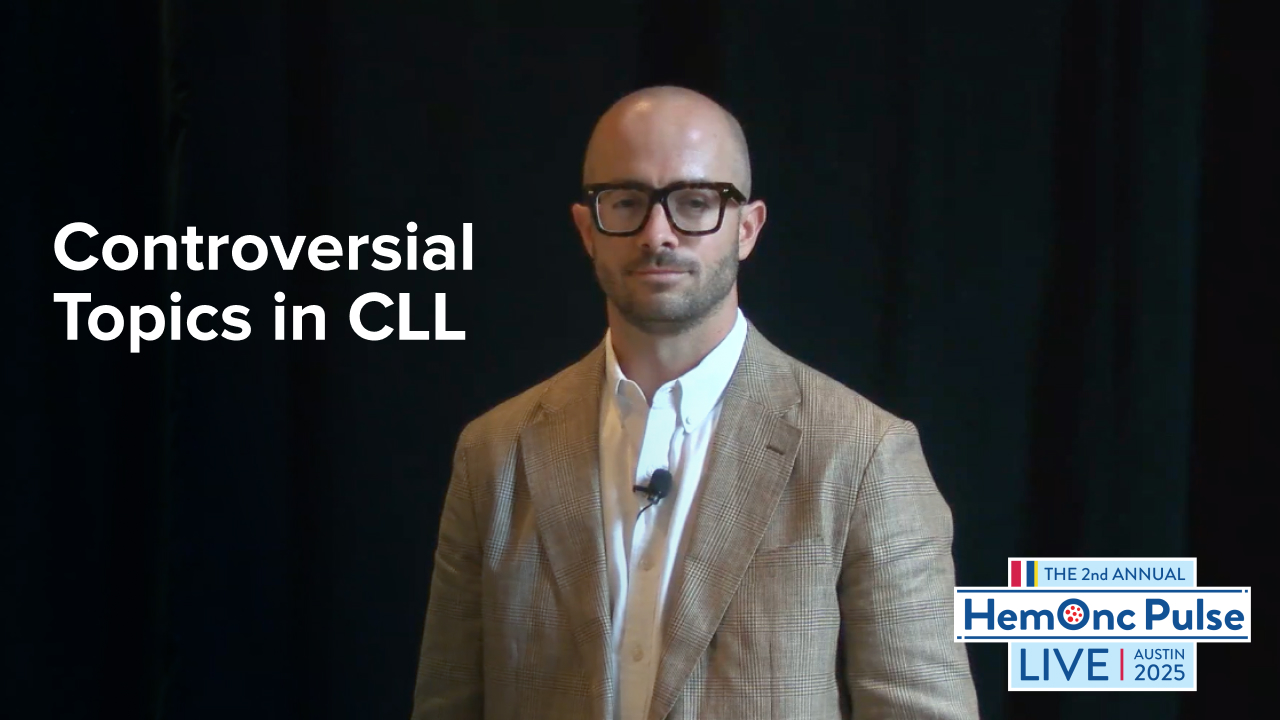Early Relapse: Three Versus Four Drugs for Induction in Myeloma
By Saad Z. Usmani, MD, MBA, FACP, Shambavi Richard, MD, Meera Mohan, MD, Yi Lin, MD - Last Updated: January 17, 2024A roundtable discussion, moderated by Saad Usmani, MD, of Memorial Sloan Kettering Cancer Center, focused on treatment considerations for relapsed or refractory multiple myeloma, including updated data from the 2023 American Society of Clinical Oncology (ASCO) Annual Meeting. Dr. Usmani was joined by a panel that included Yi Lin, MD; Shambavi Richard, MD; and Meera Mohan, MD.
In the first segment of the roundtable series, the panel discusses the approach to induction therapy selection, including a comparison of triplet versus quadruplet combinations.
Watch the next segment in this roundtable series.
—
Dr. Usmani: I want to start by asking you all about the newly diagnosed setting. Is there still a debate about whether to use three versus four drugs for induction?
Dr. Lin: I think with the data that has been maturing from GRIFFIN and MAIA that we’ve seen, there’s definitely a role for a CD38 antibody upfront, whether that’s looking at transplant eligible or ineligible. Definitely, in our practice, we’ve been using a lot of quadruplets for our patients, and I would say in the patient that’s being referred to as in a community setting, even more so in that situation.
Dr. Usmani: Shambavi, what about Sinai? What are you guys doing?
Dr. Richard: My go-to has now become Dara-VRd (daratumumab, lenalidomide, bortezomib, dexamethasone) after the GRIFFIN [trial]. It’s been pretty telling data. I still see patients referred from the community who are using triplets. There’s plenty of that I think still around; it hasn’t quite phased out yet, but certainly I think for the vast majority of my patients who are transplant eligible, I prefer to use the quadruplet dara-VRd (daratumumab plus lenalidomide, bortezomib, and dexamethasone).
Dr. Usmani: Then for the transplant-ineligible patients, is it like a mix between triplets, VRd (lenalidomide, bortezomib, dexamethasone) versus DRd (daratumumab, lenalidomide, dexamethasone)? What are you seeing?
Dr. Richard: The MAIA data again was really compelling, having amazing survival data and the PFS for the triplet DRd. We have an IIT [investigator-initiated trial] in our institution where we use Dara-VRd modified for older transplant-ineligible patients. We try to get them on that study and if not, then if it’s going to be just standard of care, I use the triplet DRd.
Dr. Usmani: Meera, what about Milwaukee?
Dr. Mohan: It’s kind of mixed, nearly 50-50. If a patient has a high tumor burden or has renal failure where we have to bring down the light chains fast, we tend to use quadruplets more. But otherwise, it’s kind of 50-50. But in transplant eligible, I think it’s Dara-Rd (daratumumab, lenalidomide, dexamethasone), kind of 100% Dara-Rd.
Dr. Usmani: For the older patients, we also have two randomized phase III studies that we are waiting on, where isatuximab has been combined with VRd, daratumumab has been combined with VRd, compared to the triplet regimen. I think that data is maturing; it’s not being presented at ASCO, but I think we are all waiting for those data. There is an abstract looking at a quadruplet versus triplet that’s being presented at ASCO and interestingly it’s KRd or carfilzomib, lenalidomide, dexamethasone, with or without elotuzumab, for the transplant-eligible patient population. Meera, what do you think about those data?
Dr. Mohan: Quite frankly, I was surprised to see the high MRD [measurable residual disease] negative rates that elotuzumab added to KRd. It’s around 50% at the three-year mark. I think it’s the first time elotuzumab in combination with KRd has shown such impressive MRD-negative [rates].
Dr. Usmani: Agreed. I think there was another German myeloma group randomized phase III that had looked at RVd with or without elotuzumab as induction for transplant-eligible patients and we didn’t see any difference.
Then in the U.S., there was the SWOG-1211 trial for high-risk patients where RVd induction followed by RVd maintenance with or without elotuzumab was looked at and there was no PFS [progression-free survival] or OS [overall survival] difference, even response rates were similar. This is quite interesting and not as intuitive. I’m looking forward to getting more details on what that data looks like.






 © 2025 Mashup Media, LLC, a Formedics Property. All Rights Reserved.
© 2025 Mashup Media, LLC, a Formedics Property. All Rights Reserved.